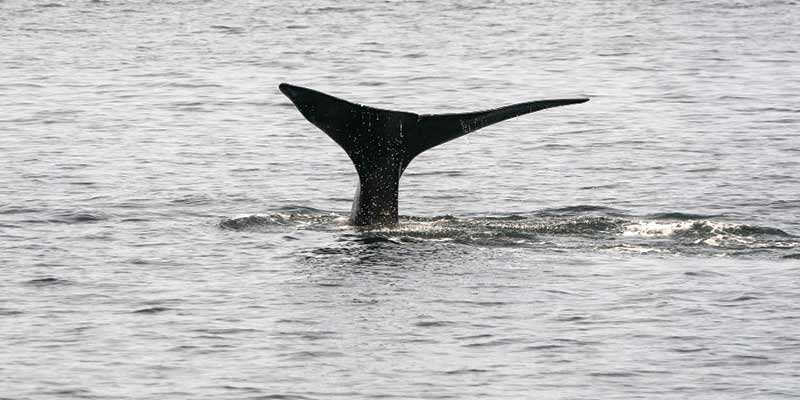- World
- Mar 26
Explainer - North Atlantic right whales
• A new study has revealed that entanglements of North Atlantic right whales in fishing gear leads to far lower likelihood of breeding.
• Nearly all female North Atlantic right whales have become entangled in fishing gear at least once.
• Fishing gear can cut into a whale’s body, cause serious injuries, and result in infections and mortality.
• Even if gear is shed or removed through disentanglement efforts, the time spent entangled can severely stress a whale, weaken it, prevent it from feeding, and sap the energy it needs to swim, feed, and reproduce.
• Chronic entanglements are one reason scientists think that female right whales are having fewer calves and are taking longer to have calves.
• Severe entanglements resulted in an average decline in survival of 27 per cent for experienced non-breeders, 9 per cent for breeders and 26 per cent for pre-breeding females compared with other entanglements and unentangled individuals.
• Surviving individuals with severe entanglements had low transitional probabilities to breeders, but surprisingly, individuals with minor entanglements had the lowest transitional probabilities, contrary to expectations underpinning current management actions.
• Management actions are needed to address the lethal and sub-lethal impacts of entanglements, regardless of severity classification.
North Atlantic right whale
• Its name originates from the fact that historically whalers considered right whales the “right” whale to hunt. They yielded high quantities of oil and baleen, and were easy to catch and process because they were found close to shore, swam slowly, and floated when they were dead.
• By the early 1890s, commercial whalers had hunted North Atlantic right whales to the brink of extinction.
There are three recognised species of right whales:
i) Southern right whales (Eubalaena australis)
ii) North Atlantic right whales (Eubalaena glacialis)
iii) North Pacific right whales (Eubalaena japonica).
• North Atlantic right whale is one of the world’s most endangered large whale species.
• There are approximately 360 individuals remaining, including fewer than 70 reproductively active females. Human impacts continue to threaten the survival of this species.
• North Atlantic right whales have stocky black bodies with no dorsal fins, and their blow spouts are shaped like a “V”. Their tails are broad, deeply notched, and all black with a smooth trailing edge.
• Calves are about 14 feet at birth and adults can grow to lengths of 52 feet. It can weigh up to 70 tonnes.
• They primarily occur in Atlantic coastal waters on the continental shelf, although they also are known to travel far offshore, over deep water.
• Right whales are baleen whales, feeding on copepods (tiny crustaceans) by straining huge volumes of ocean water through their baleen plates, which act like a sieve.
• Entanglement in fishing gear and vessel strikes are the leading causes of North Atlantic right whale mortality.
• Increasing ocean noise levels from human activities are also a concern since the noise may interfere with right whale communication and increase their stress levels.
• Right whales can probably live for at least 70 years.
• North Atlantic right whale is listed as Critically Endangered in the International Union for Conservation of Nature (IUCN) Red List.
Manorama Yearbook app is now available on Google Play Store and iOS App Store

